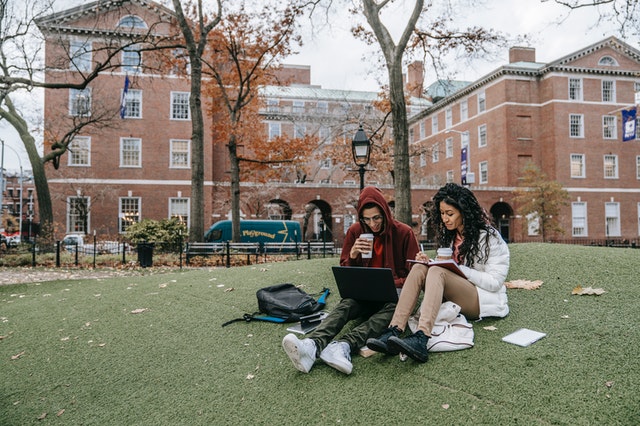优选答案[edit] Religion
Main article: Religion in Réunion
A Malbar temple in RéunionThe predominant religion is Roman Catholicism with Hinduism, Islam and Buddhism also represented, among others.
[edit] Language
French is the only official language of Reunion. Although not official, Réunion Creole is also commonly spoken by the majority of the population. One can hear it in any administration or office, but education is only in French.[15]
Tamil is taught as optional language in some schools.[14] Due to the diverse population, other languages such as Mandarin, Hakka and Cantonese are also spoken by members of the Chinese community, but fewer people speak these languages as younger generations start to converse in French. The number of speakers of Indian languages (mostly Urdu and Gujarati) is also dropping sharply. Arabic is taught in mosques and spoken by a small community of Muslims.

[edit] Public health
In 2005/2006, Réunion experienced an epidemic of Chikungunya, a viral disease similar to dengue fever, which infected almost a third of the population. See the History section for more details.
[edit] Culture
See also: Music of Réunion, Sega music, and Maloya
Réunionese culture is a blend (métissage) of European, African, Indian, Chinese and insular traditions.
The most widely spoken language, Réunion Creole, derives from French. However, an official orthography has yet to be agreed upon.
Local food and music blend influences from Africa, India, China and Europe.
[edit] Environment
See also: Réunion National Park
Furcifer pardalis (chameleon)[edit] Wildlife
Main article: Wildlife of Réunion
See also: List of extinct animals of Réunion
Réunion is home to a variety of birds such as the paille en queue. Its largest native land animal is the Panther chameleon, Furcifer pardalis. Much of the West coast is ringed by coral reef which harbours, amongst other animals, sea urchins, conger eels and parrot fish. Sea turtles also visit the coastal waters.

[edit] Transportation
Main article: Transport in Réunion
Roland Garros Airport, handling flights to Madagascar, Mauritius, Africa, Australia and Europe serves the island. Pierrefonds Airport, a smaller airport, has some flights to Mauritius and Madagascar.
[edit] Media
One of the largest newspapers in Réunion is the J.I.R. (Journal de l'Île de la Réunion).
The island is 63 kilometres (39 mi) long; 45 kilometres (28 mi) wide; and covers 2,512 square kilometres (970 sq mi). It is similar to the island Hawaii insofar as both are located above hotspots in the Earth's crust.
The Piton de la Fournaise, a shield volcano on the eastern end of Réunion Island, rises more than 2,631 metres (8,632 ft) above sea level and is sometimes called a sister to Hawaiian volcanoes because of the similarity of climate and volcanic nature. It has erupted more than 100 times since 1640 and is under constant monitoring. It most recently erupted on 2 January 2010.[7] Before that, the most noticeable was during April 2007, when the lava flow was estimated at 3,000,000 cubic metres (3,900,000 cu yd) per day.[8] The Piton de la Fournaise is created by a hotspot volcano, which also created the Piton des Neiges and the islands of Mauritius and Rodrigues.

The Piton des Neiges volcano, the highest point on the island at 3,070 metres (10,070 ft) above sea level, is north west of the Piton de la Fournaise. Collapsed calderas and canyons are south west of the mountain. Like Kohala on the Big Island of Hawaii, the Piton des Neiges is extinct. Despite its name, snow (French: neige) practically never falls on the summit.
The slopes of both volcanoes are heavily forested. Cultivated land and cities like the capital city of Saint-Denis are concentrated on the surrounding coastal lowlands.
Réunion also has three calderas: the Cirque de Salazie, the Cirque de Cilaos and the Cirque de Mafate. The last is accessible only by foot or helicopter
See also: Cafres, Indo-Réunionnais, Malbars, and Chinois (Réunion)
Ethnic groups present include people of European, African, Malagasy, Indians and Chinese origin as well as many of mixed race. Local names for these are used: Yabs, Cafres, Malbars and Zarabes (both ethnic groups of Indian origin) and Chinois (Réunion).
It is not known exactly how many people there are of each ethnicity since there is a ban on ethnic censuses in France,[10] which applies in Réunion because it is a part of the 1958 constitution. According to estimates, whites make up approximately one-quarter of the population, Indians make up roughly a quarter, and people of Chinese ancestry form roughly 3%. The percentages for mixed race people and those of Afro-Malagasy origins vary wildly in estimates. There are also some people of Vietnamese ancestry on the island, though they are very few in number.[11][12][13]
People of Tamil and Gujarati origin make up the majority of the Indo-Réunionnais people; Bihari and other origins form the remainder of the population.[14] The island's community of Muslims from North Western India and elsewhere is also commonly referred to as Zarab.
Creoles (a name given to those born on the island, of various ethnic origins), make up the majority of the population. Groups that are not creole include people from Metropolitan France (known as zoreils) and those from Mayotte and the Comoros.
Réunion is very similar in culture, ethnic makeup, language and traditions to Mauritius and the Seychelles. Réunion contains most of the same ethnic populations as Mauritius but in different proportions.
Sugar was traditionally the chief agricultural product and export. Tourism is now an important source of income. In 2007 the GDP of Réunion was 18.7 billion US dollars at market exchange rates.[2] The GDP per capita was 23,501 US dollars in 2007 (at market exchange rates, not at PPP),[2] the highest in Africa.[9]
